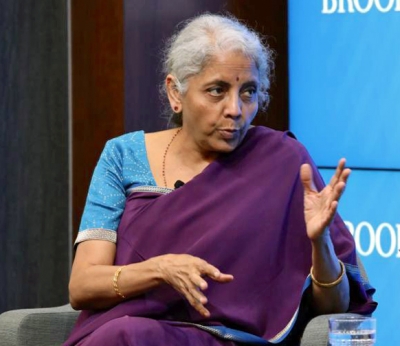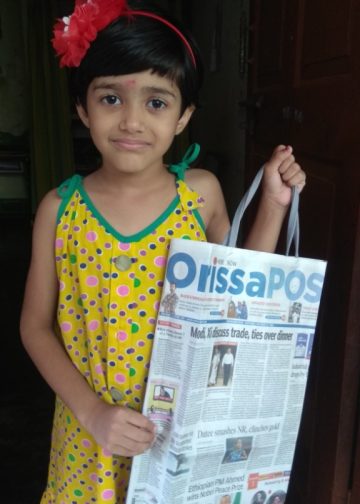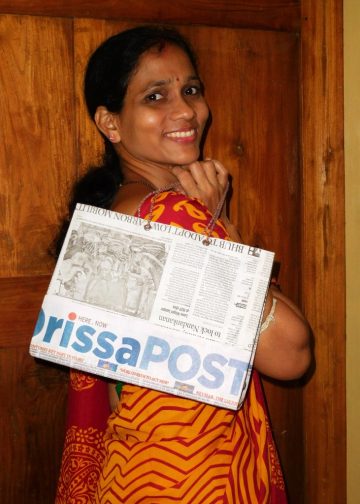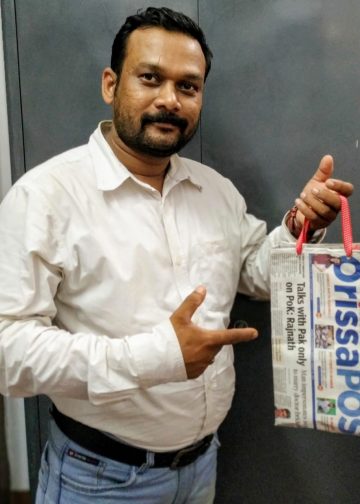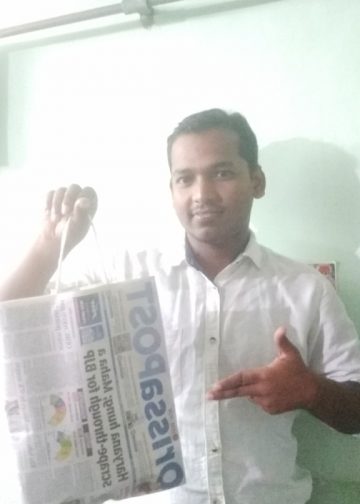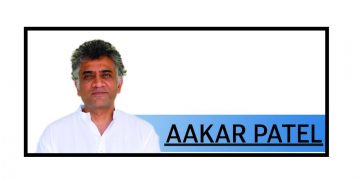New Delhi: The government is working on a comprehensive package to support Indian exporters impacted by a steep 50 per cent tariff imposed by the US, Finance Minister Nirmala Sitharaman has said, asserting a multi-departmental engagement is underway to assess the impact on Indian shipments.
In an interview with PTI, Sitharaman said various industries are sharing the impact with the concerned departments or ministries as the second part (25 per cent) of the tariff kicked in from August 27.
“So, we are getting their inputs…something is being worked out to do some hand-holding for those exporters who have been affected by the US tariff of 50 per cent,” she said.
“Till the time we get that assessment, how can we assume how much the impact is? So every respective ministry is speaking to their stakeholders and asking for an assessment of ‘Kitne Tak Apke Upar Iska Asar Padega’ (how much will be the impact). We will have to see,” she said.
The tariffs – among the highest in the world – include a 25 per cent penalty for buying crude oil from Russia. On August 7, the Trump administration enforced a 25 per cent tariff on Indian goods, citing India’s persistent oil imports from Russia and long-standing trade barriers.
The sectors which are impacted due to high import duties include labour-intensive segments such as textiles/ clothing, gems and jewellery, shrimp, leather and footwear, animal products, chemicals, and electrical and mechanical machinery.
Sectors such as pharma, energy products and electronic goods are out of the ambit of these sweeping duties.
The US accounted for about 20 per cent of India’s USD 437.42 billion worth of goods exports in 2024-25.
The US has been the largest trading partner of India since 2021-22. In 2024-25, the bilateral trade in goods stood at $131.8 billion ($86.5 billion exports and $45.3 billion imports).
Calling the landmark GST overhaul a ‘people’s reform’, Sitharaman said that rationalisation of tax rates for a wide swath of products will benefit every family, boost consumption, and bolster the economy.
The Finance Minister said she will personally monitor passing on of goods and services tax (GST) rate cuts in the form of price reduction, even as some of the industries have already announced price moderation.
Within days of the decision, from car makers to public sector insurance companies and shoe and apparel brands have already announced significant price cuts, and the rest are likely to follow suit by the time new GST rates are implemented, she said.
Nearly 400 products – from soaps to cars, shampoos to tractors and air conditioners – will cost less when the rejig of the GST is effective from the first day of Navaratri on September 22. Premium paid on individual health and life insurance will be tax-free. A third slab of 40 per cent tax has been earmarked for a small list of sin goods and ultra-luxury items.
“This is a reform which touches the lives of all 140 crore people. There is no individual in this country who is untouched by GST. The poorest of the poor also have something small that they buy, touched by GST,” she said.
Starting September 22, the GST slab structure will change – 5 per cent for common use goods and 18 per cent for everything else. The existing slab of 12 per cent and 28 per cent rates has been done away with.
In the revamped GST structure, most daily food and grocery items will fall under the 5 per cent GST slab, with bread, milk and paneer attracting no tax at all.
Sitharaman said the reform – the single biggest since the 2017 roll-out of the one-nation, one tax regime – has been carried out with a focus on the common man. Every tax on daily-use items has gone through a rigorous review, and in most cases, the rates have come down drastically.
PTI

